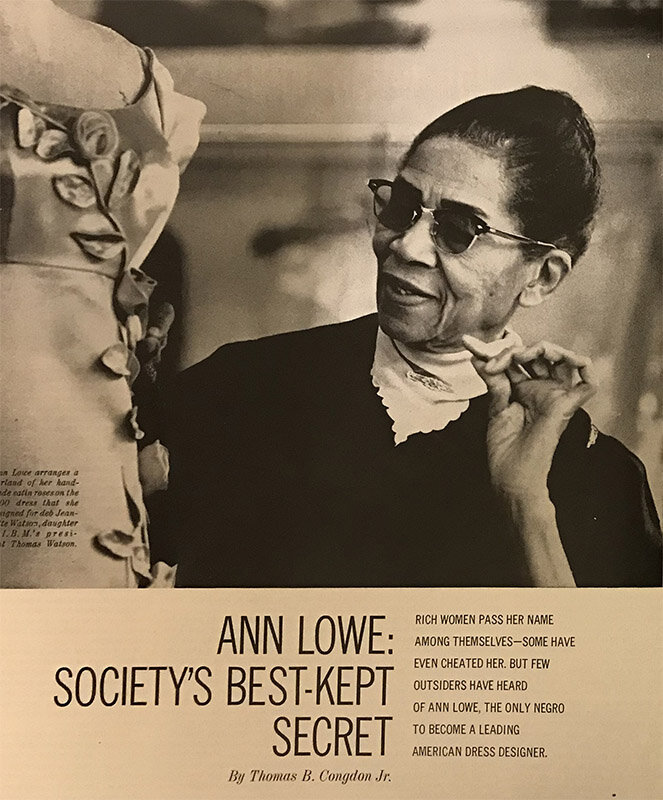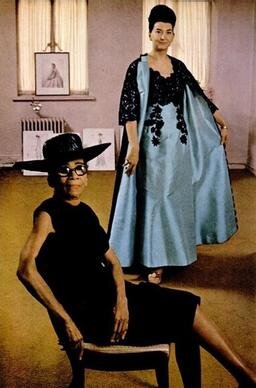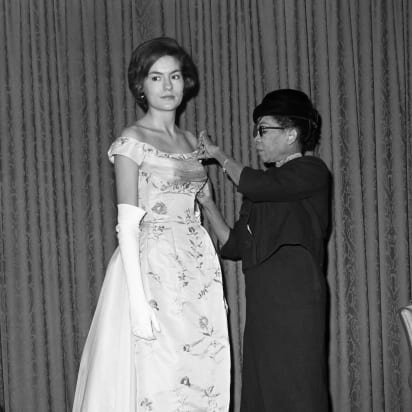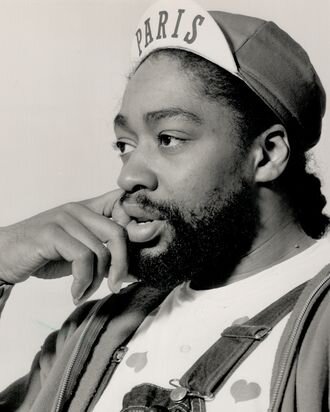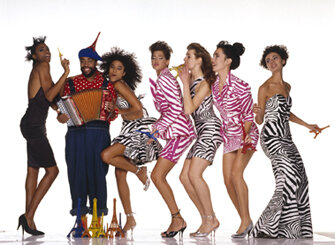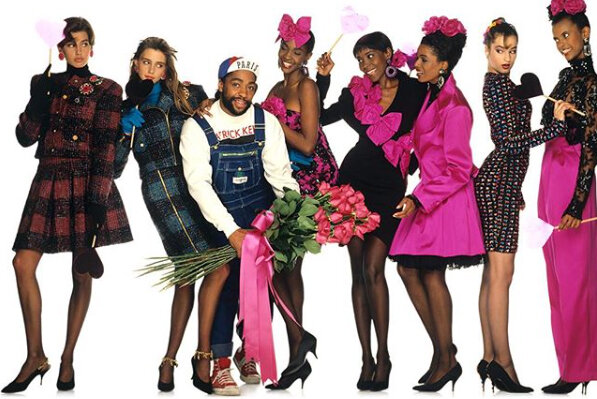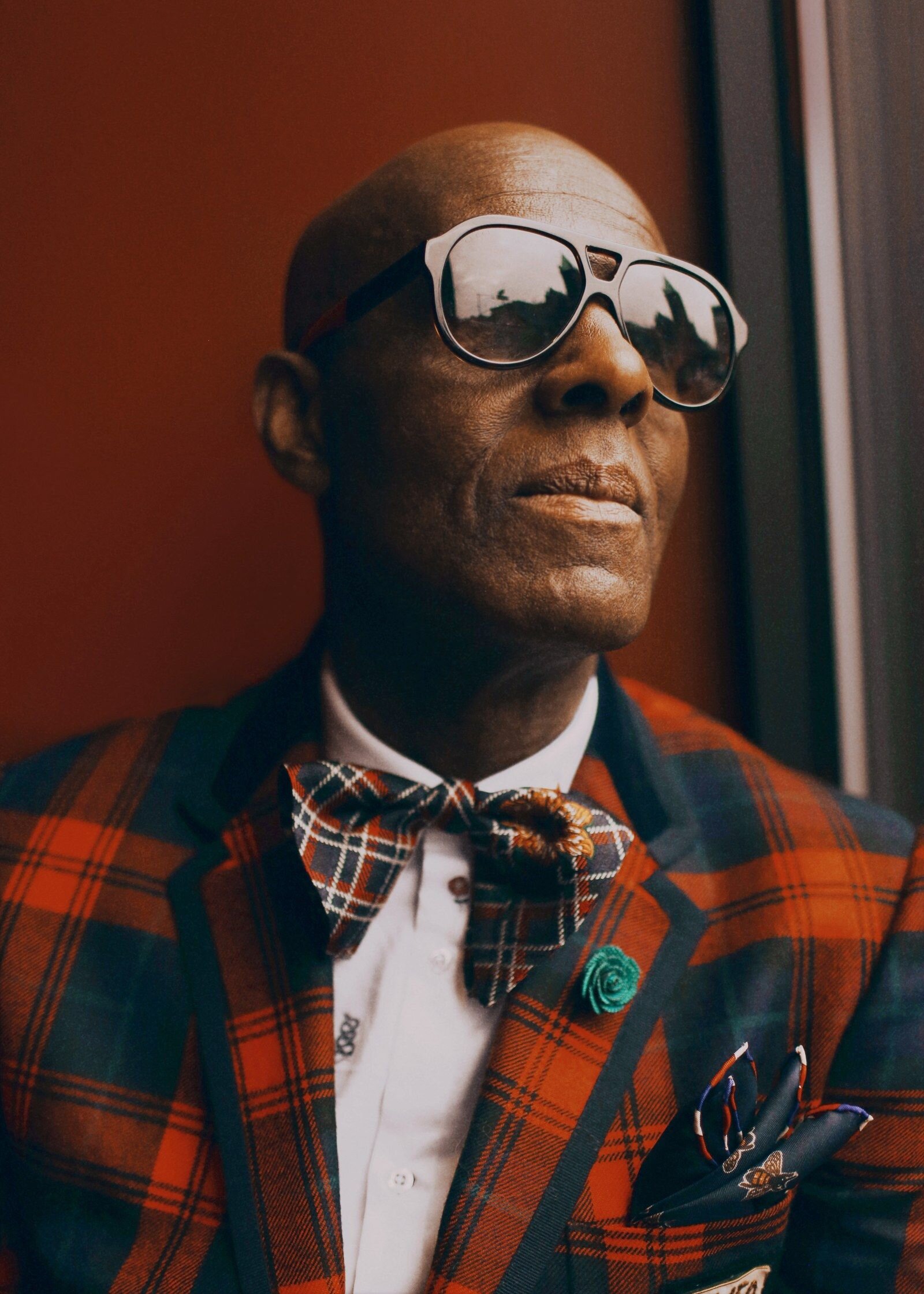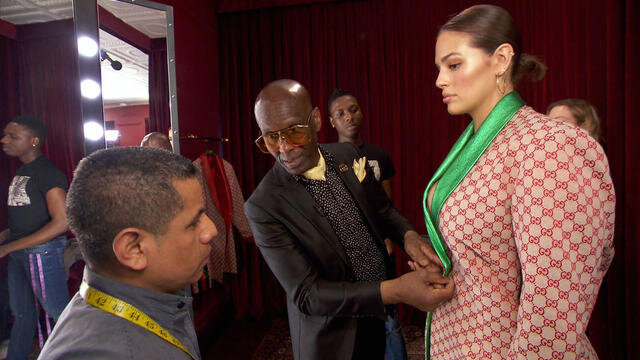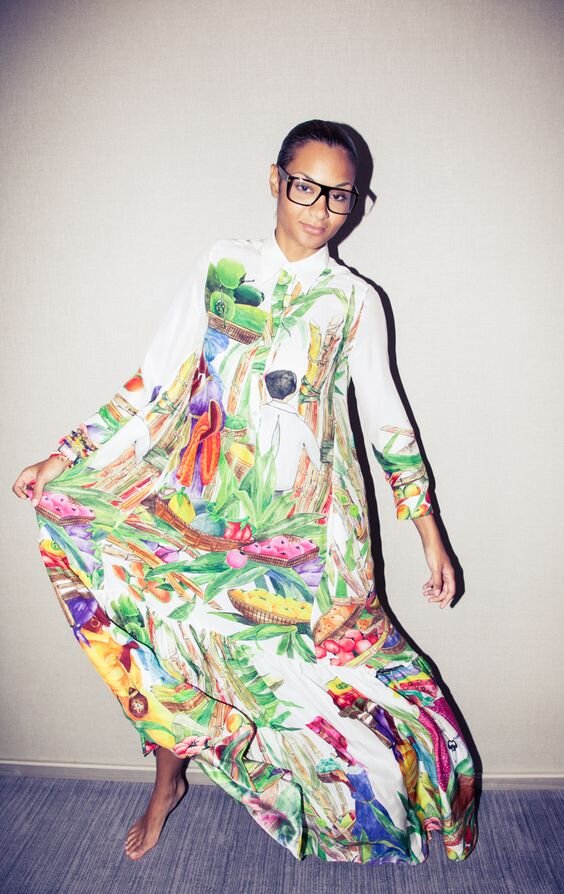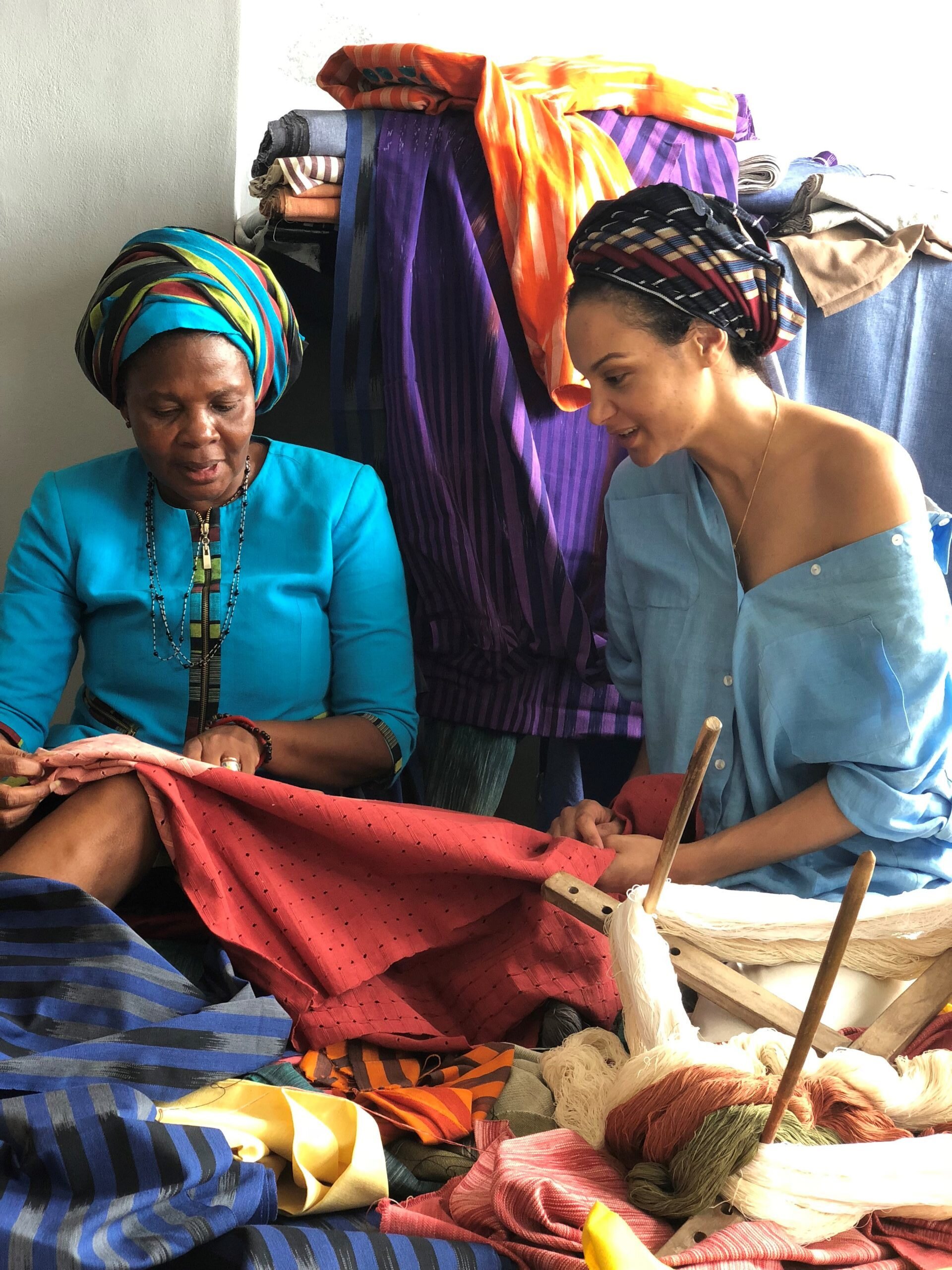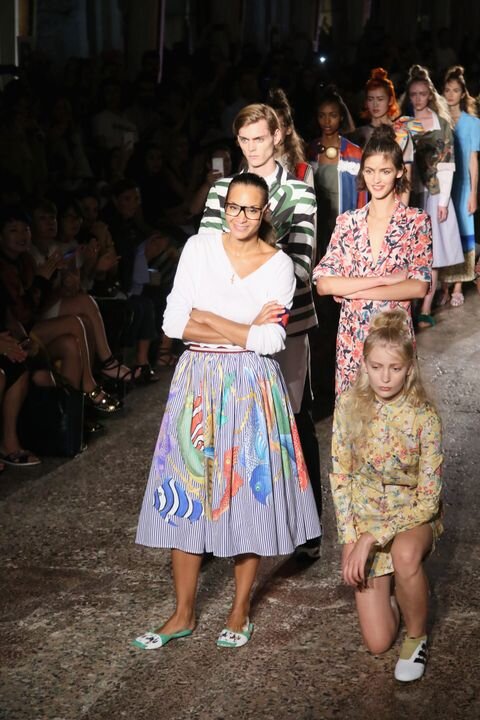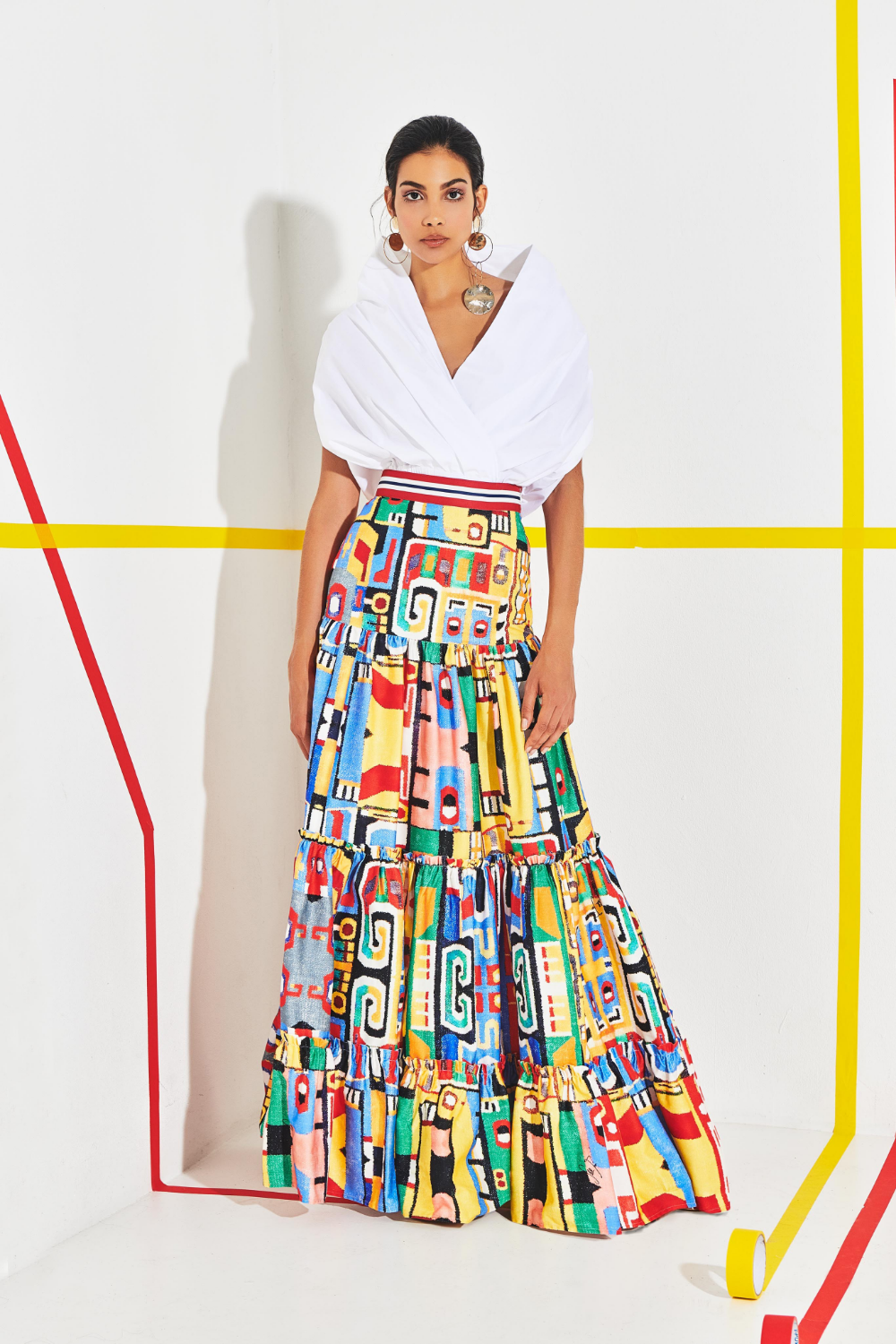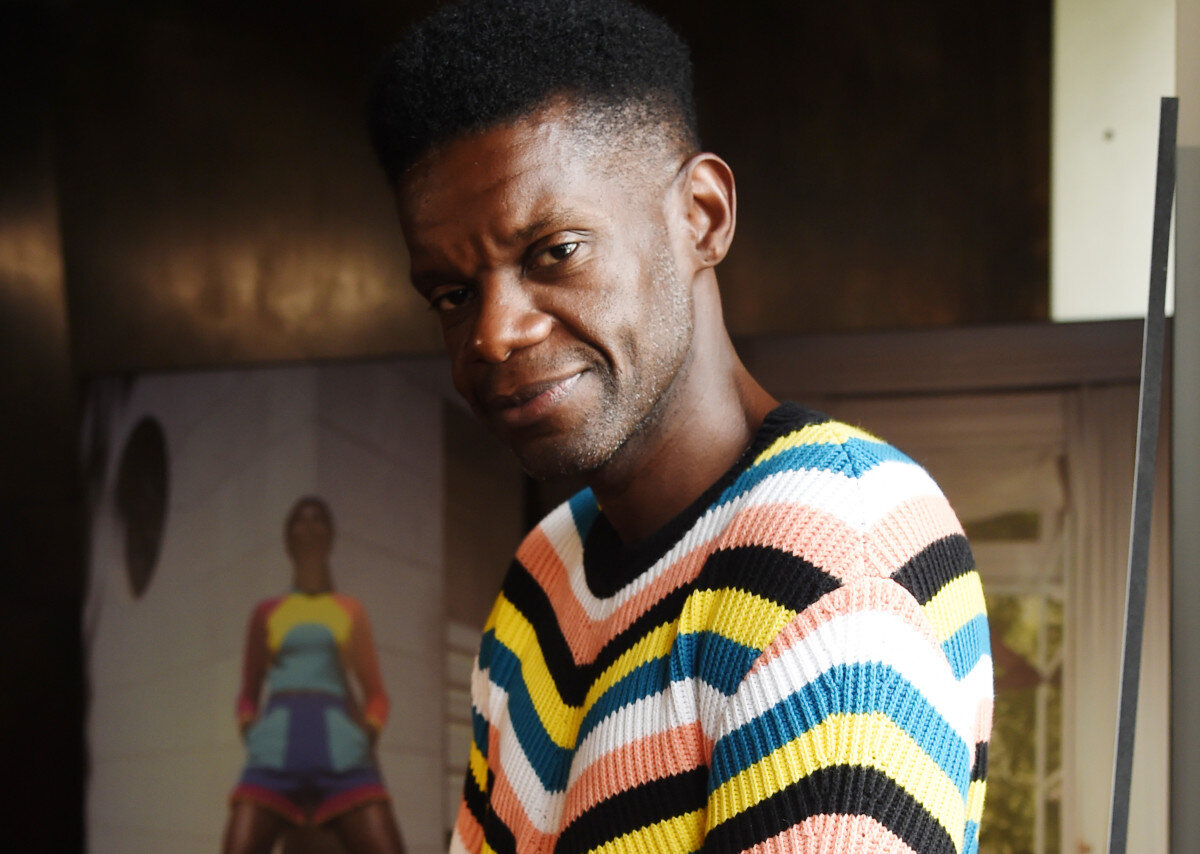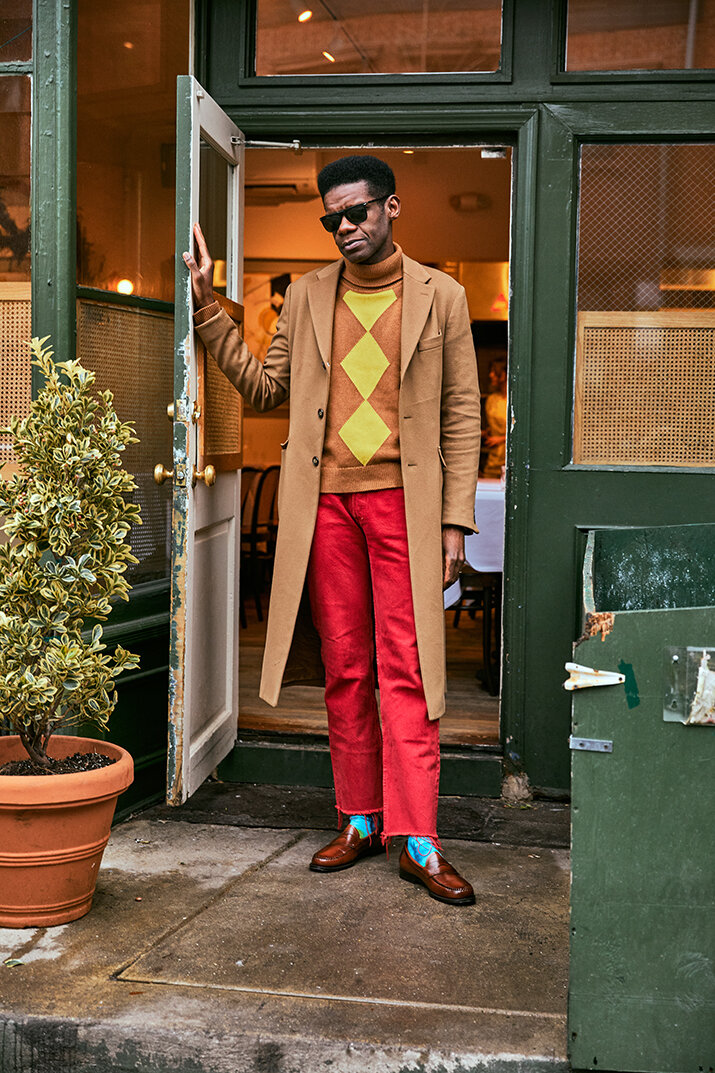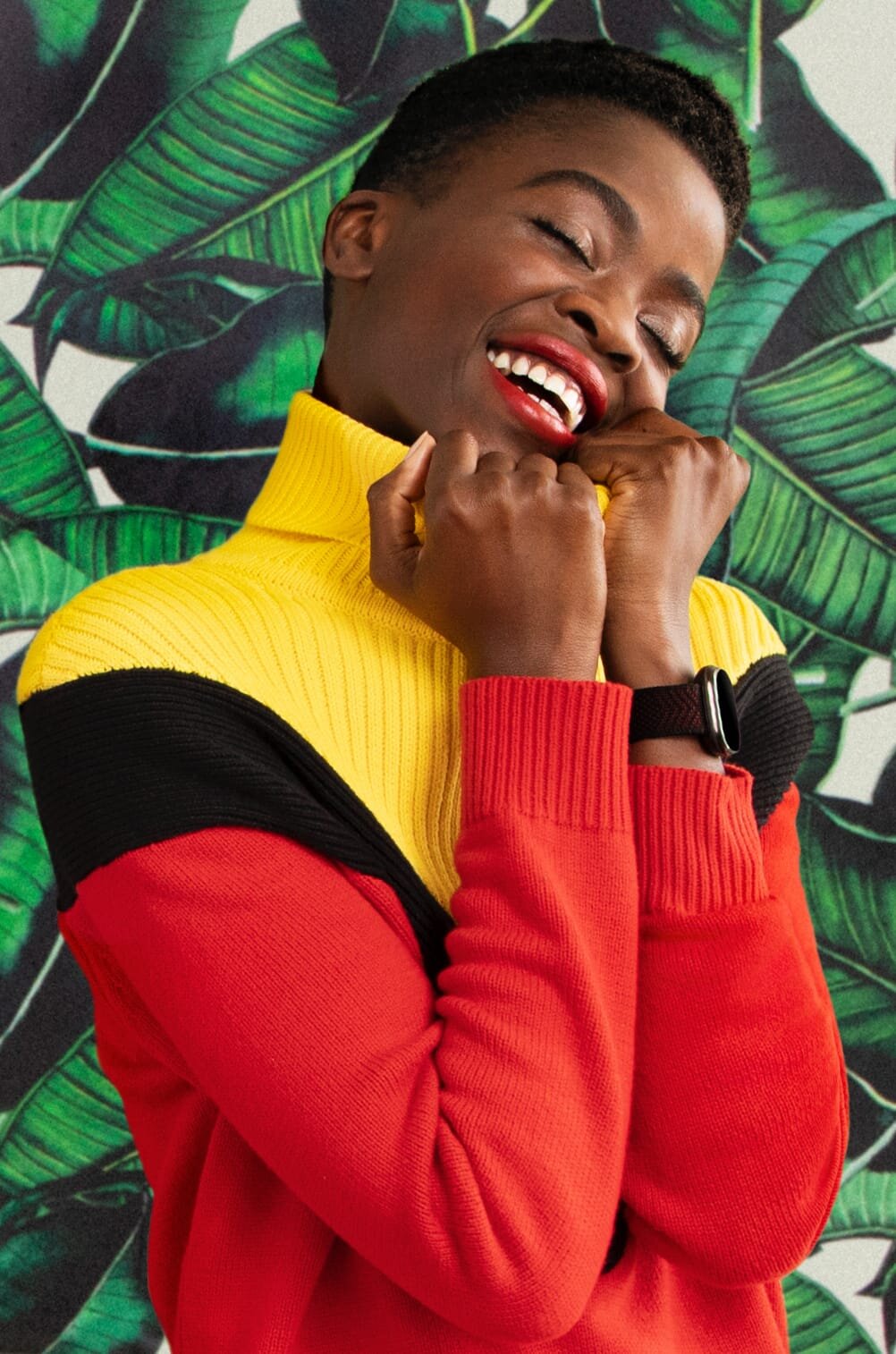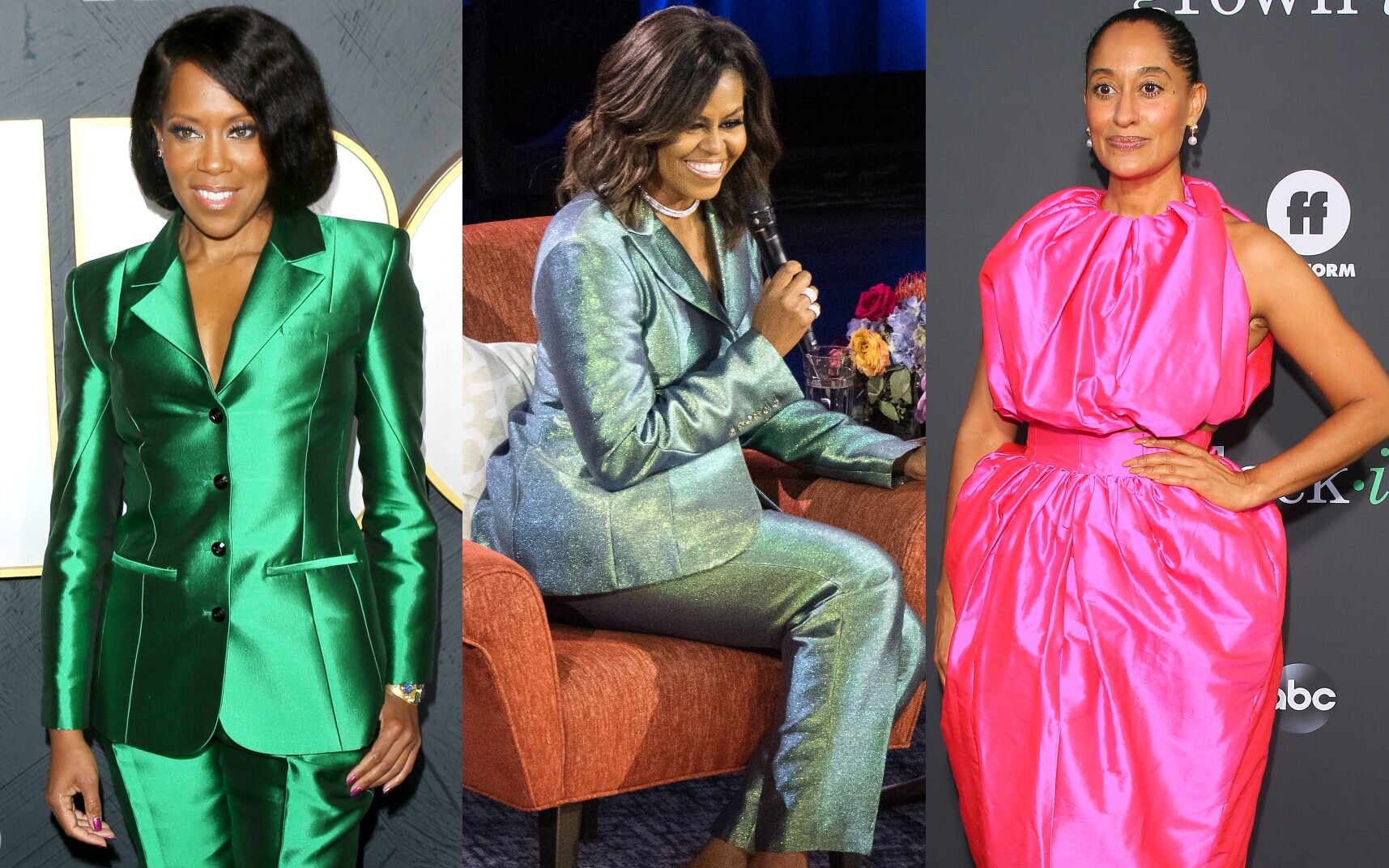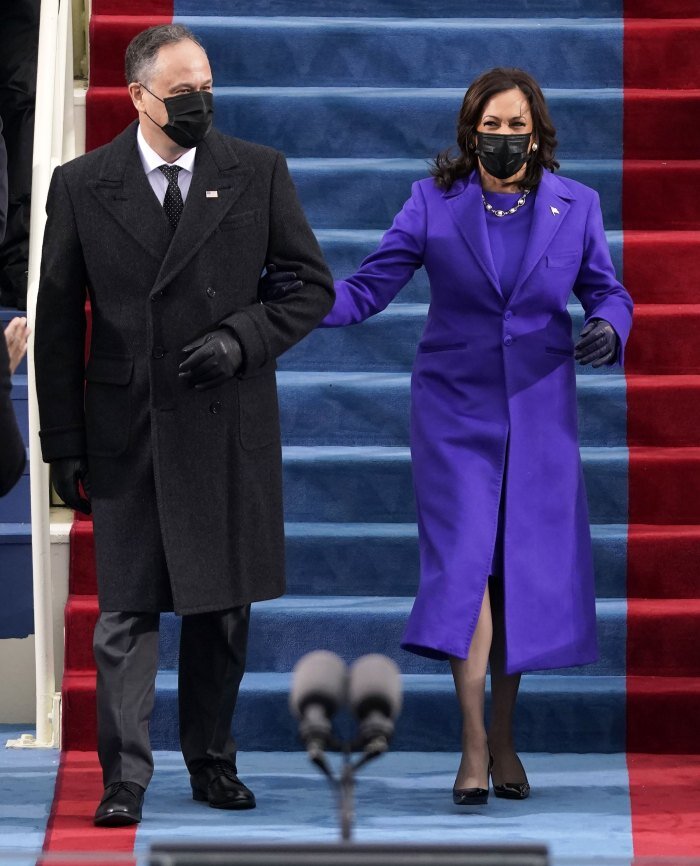Black Designers You Should Know in The Past and Present
Throughout the past centuries of fashion history, we always praise and recognize the icons who predominantly are white. But what about the black designers who have paved the way and heavily contributed to fashion? Since it is Black History Month, I found it very important to be aware of the black designers that kept the fashion world turning not only this month—but always.
Ann Lowe
A designer we should all know in fashion history, yet is not talked about enough and has not received the credit she deserves, is Ann Lowe. Ann Lowe is one of the most iconic fashion designers in history, and many people are not aware of this. She was born in Clayton, Alabama in 1898, and learned her dressmaking skills from her mother that made dresses for elite women. Ann then went to New York and joined S.T Taylor Design School; they didn’t realize that she was a black woman, so it was necessary for the school to segregate her by race.
By the 1950s, Ann opened Ann Lowe Gowns in Harlem and became the go-to dressmaker for high-rank women. Ann made dresses for historic American names like the Rockefellers, the Roosevelts, the du Ponts. As popular as Ann was for designing dresses for the elite, she was not given credit for her designs; her name was missing from the labels of dresses she designed and created, like the Oscar winner Olivia de Havilland’s dress.
Ann Lowe designed the wedding dress of Jackie O, but even with this great accomplishment, Jackie O stated it was from a colored designer instead of sharing Lowe's name. Most may not be aware, but by 1968, Ann Lowe became the first black woman to have a store on Madison Avenue.
Sources: CNN, National Museum of American History, and The Fashion Studies Journal
Patrick Kelly
Patrick Kelly was born in Vicksburg, Mississippi in 1954. He was raised by his mother and grandmother. His grandmother, Ethel Rainey, became his greatest muse. In 1972, Kelly attended Jackson State University to study Art and African American History.
After college, Kelly went to Atlanta to be a window dresser at the Yves Saint Laurent boutique. Then by 1980, Kelly was encouraged to move to Paris by supermodel Pat Cleveland. Kelly struggled to get into the french fashion scene but was able to work with Paco Rabanne. Rabanne jump-started his label as the first American designer that “sold in French boutique Victoire.”
Many ‘80s icons like Madonna, Grace Jones, and Princess Diana loved Kelly’s clothing. His clothes were funky, colorful, and full of life. Kelly didn’t leave his black culture behind, and he used his brand to confront racism and regain the symbols of black oppression. To incorporate his reclamation as a part of his brand, he used blackface as a part of his logo, but with a lack of power in the fashion industry, retailers would not use his logo.
Sources: Footwear News, Brooklyn Museum, and The Cut
Dapper Dan
Daniel Day, best known as Dapper Dan, is a Harlem couturier who started off producing luxury-knockoffs. Dapper Dan is a self-taught tailor who by the ‘80s opened his boutique; his designs were a mix of rap culture and reworked luxury-house clothing. His designs gravitated towards Hip-Hop artists and athletes. As Dapper Dan started to become more popular, he ran into violations and copyright laws with luxury houses forcing him to shut down his boutique.
Years later at Gucci’s 2017 Cruise show, the brand stole the design of a piece Dapper Dan created for his 1989 Louis Vuitton version. Since Gucci did not give him the recognition he deserved, they decided to invite Dan to create a capsule collection. This opportunity put Dapper Dan back on the map leading to re-opening his atelier and becoming the first luxury brand in Harlem.
Sources: Paper Magazine, CBS news, and Pinterest
Stella Jean
Stella Jean was raised by a Haitian mother and Italian father in Rome, Italy; her multicultural background would be an inspiration for her future career. Jean was inspired by different cultures for her designs and she intertwined these cultures into her clothing. Jean jump-started her career as she won Vogue Italy’s “Who Is On Next?” competition back in 2011. Jean started to grow within the fashion industry, as Giorgio Armani presented Jean’s collection at the Armani theatre in Milan later on in 2014. The Armani theatre is a prestigious location and Jean was the first womenswear designer to present there—what an accomplishment.
Quickly after, Jean then collaborated with Christian Louboutin for a shoe collection. By this point, Jean was recognized and invited by the UN International Development Organization for an ethical fashion program and dressed celebrities like Rihanna and Beyonce. As Shelby Comroe stated, “Jean believes fashion shouldn't be exclusive. By inviting craftsmen and artisans to sit front row at her shows, she honors the people who made it all possible.”
Sources: Vogue, Stella Jean, and Harpers Bazaar
Victor Glemaud
Victor Glemaud was born in Haiti and raised in NYC. Glemaud attended FIT and interned with Patrick Robinson; after completing the internship he received a position as an assistant designer. Glemaud went on to be a fashion publicist and moved to Paris for the job. Glemaud then went back to work with Patrick Robinson and became Studio Director for Paco Rabanne.
A few years later, Glemaud created a small menswear collection sold at luxury boutiques in Paris. He moved eventually moved back to New York to invest in his brand. For Glemaud to fund his collections, he worked as a style director for Tommy Hilfiger. Glemaud then stopped designing and traveled the world to find inspiration. After a while, Glemaud got back to work, and he is now known for his colorful and lively knitwear.
Sources: Fitbit, Fashionista, and G.H. Bass & Co
Christopher John Rogers
Christopher John Rogers is a designer everyone should keep their eyes on. Rogers graduated from Savannah College of Art and Design (SCAD) to winning the CFDA/Vogue Fashion Fund award. Rogers hit the ground running with his career by preparing for his ready-to-wear collection for NYFW while working at Diane von Furstenburg. Rogers collections are known for their vibrancy; it’s refreshing to see that on the runway.
Rogers success has led him to be on Forbes 30 under 30 lists and dress public figures like Rihanna, Zendaya, Michelle Obama, Alexandria Ocasio-Cortez, Beyonce, Lizzo, SZA, Tracee Ellis Ross, Gabrielle Union, Cardi B, and most recently Madam Vice President Kamala Hariss on inauguration day. Also, excitedly, you can find Rogers clothing on Net-A-Porter. Don’t let Christopher John Rogers out of your sight.
Sources: Us Weekly, Paper Magazine, The Telegraph , and The Cut
Black designers always had a significant role in the fashion industry, but they were left on the sidelines or never given the praise or attention they deserved. The world is always evolving, and black artists are no longer behind the scenes. Black designers are now in the spotlight, and the light of recognition and support should always be on them.

